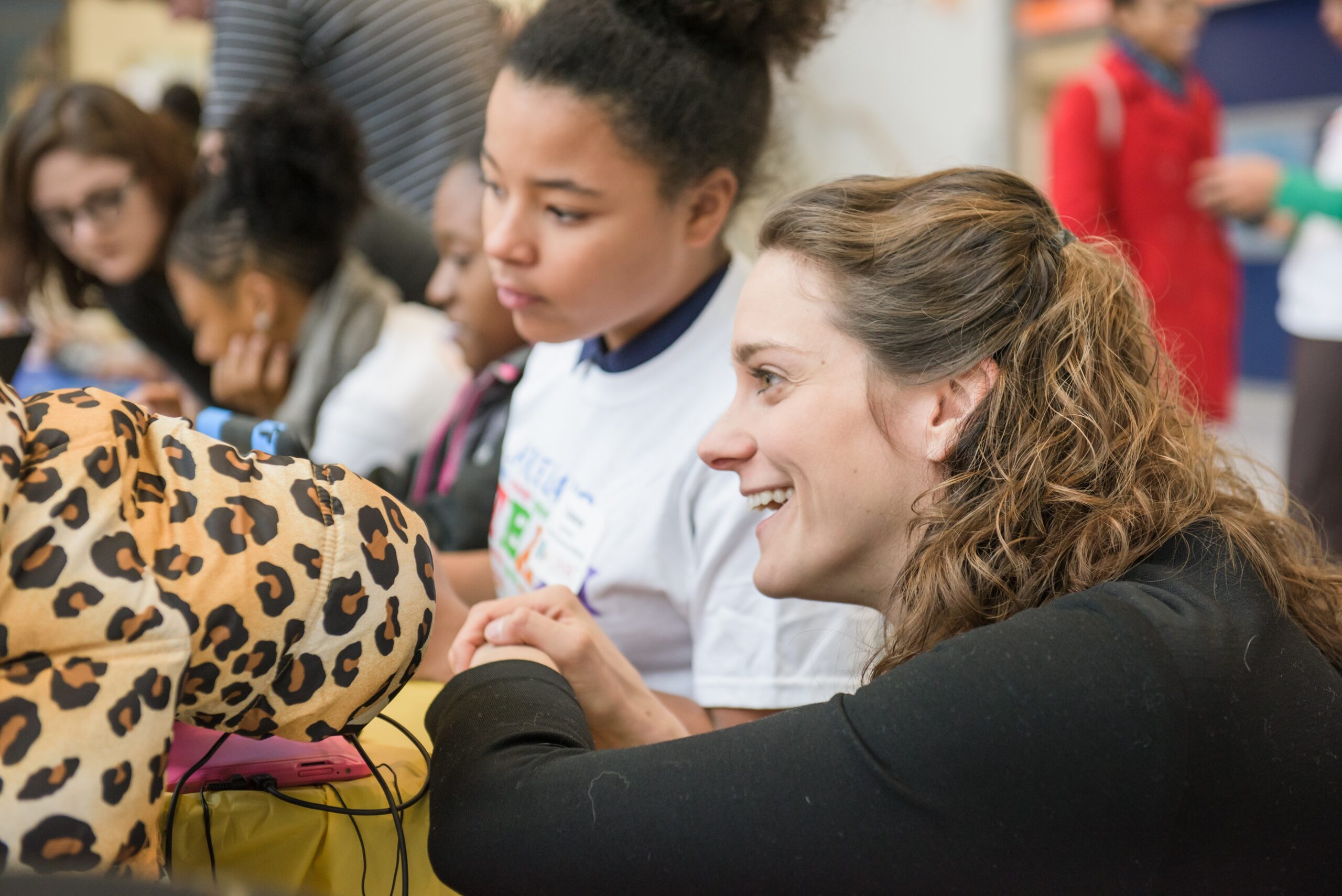Many travelers find GPS technologies useful, but they can also have frustrating limitations — being less reliable inside buildings or underground, or not providing directions that meet the user’s needs. UMBC’s Stacy Branham, lecturer in information systems, received nearly $85,000 from the Maryland Industrial Partnerships Program (MIPS) and TRX Systems, Inc. to develop a technology system that will deliver start to finish routing services, including for travelers with disabilities.
“Anyone who’s tried to find their way through a confusing airport or metro station will likely appreciate the arrival of better apps for indoor wayfinding, but many people don’t realize how much the indoor navigation experience has already been improved over the past few decades through the input of people with disabilities,” Branham explains.
Branham suggests the perspectives and needs of people with disabilities in particular can inform future improvements for all GPS technology users, based on examples from earlier technologies. “Automatic door openers are installed for wheelchair accessibility, but they are also useful for people with full hands or parents pushing a stroller,” she notes, “and, the call buttons for elevators are reachable by wheelchair users, but they also allow my 2-year-old daughter to participate.”
Branham will work with TRX Systems and MIPS on next-generation GPS technologies that meet the needs of all users and that function effectively in enclosed spaces. TRX Systems will build algorithms to provide more accurate location points. Branham will work with a Ph.D. student, TRX Systems, and the American Printing House for the Blind to determine if the GPS technology will be usable and accurate enough for people with disabilities who are navigating spaces. Ultimately, the project could help public safety personnel who require accurate location and direct routing to help people in emergencies, people with disabilities who rely on accessible routes to maneuver from one point to another, or travelers using underground public transit.
“This research is important because it answers the question ‘what features do indoor navigation apps need?’ by asking people with various disabilities first,” says Branham. “We expect our findings will result in apps that are useful to people with disabilities, definitely. But these apps will likely help all sorts of people with and without disabilities in unforeseen ways.”
Image: Stacy Branham working with K-12 students during UMBC’s Hour of Code. Photo by Marlayna Demond ’11 for UMBC.

